Christine Ay Tjoe’s Abstractions Look Inward
Plus, an exciting young British artist receives a retrospective, Marcel Dzama's whimsical drawings take a political turn in L.A., and more gallery openings.
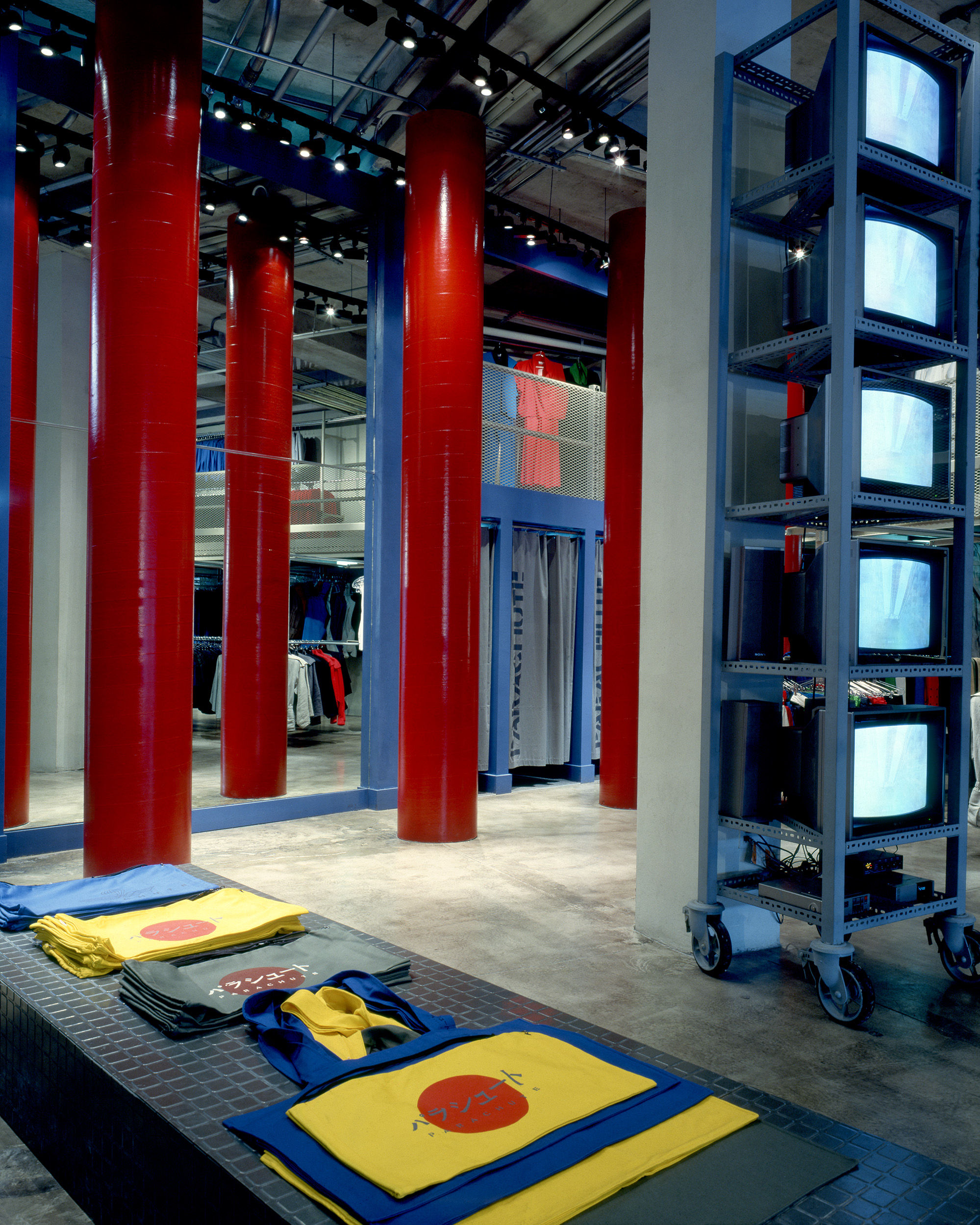
You’re reading The Grand Tourist Curator, our weekly newsletter with the latest handpicked news and insights from the worlds of art, design, style, food, and travel. Sign up here to get The Curator delivered directly to your inbox.
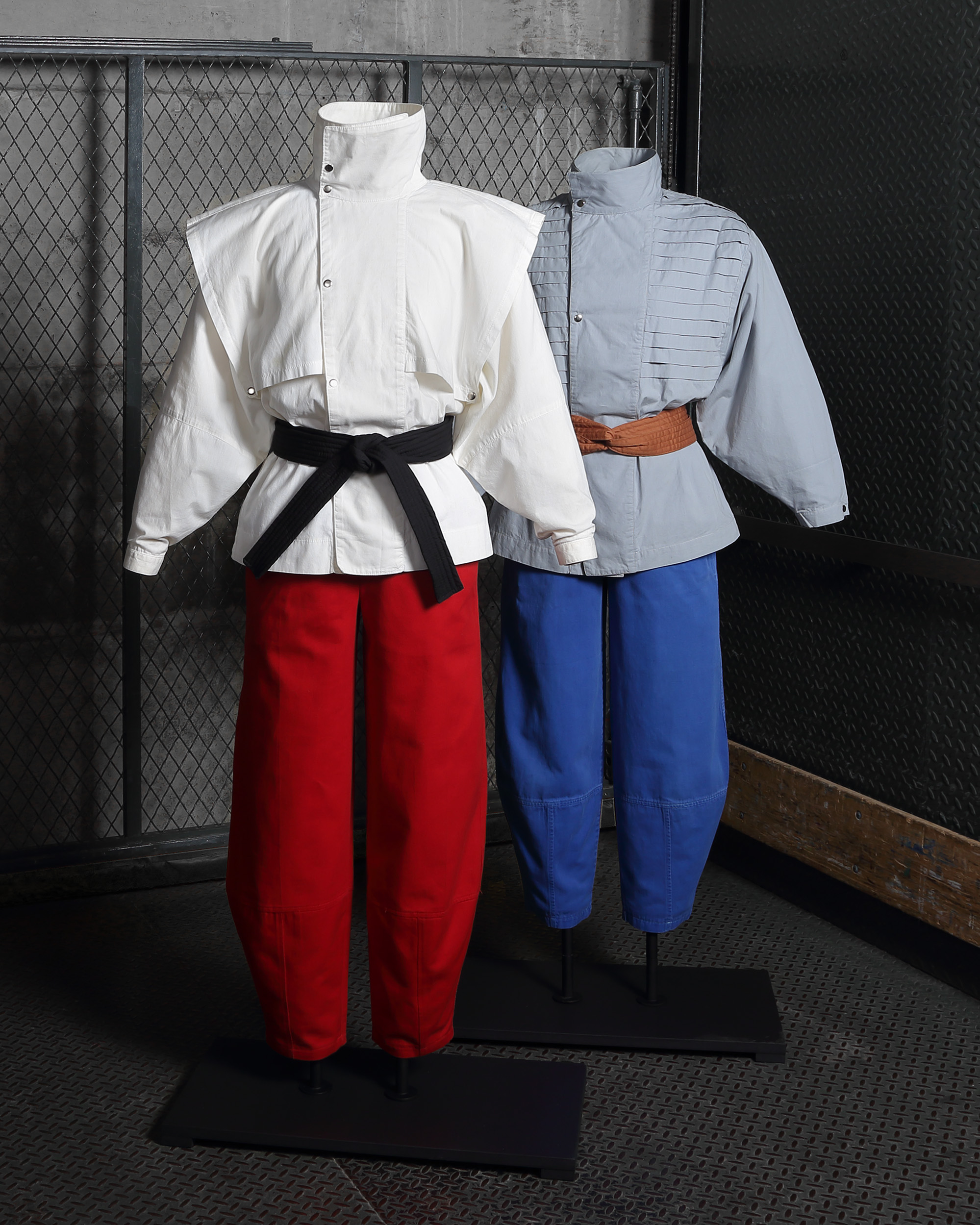
The Near-Forgotten New Wave Label That Changed Fashion
If you were cool in the ’80s, you probably wore Parachute. As soon as the Canadian label opened the doors of its SoHo store in 1980, its androgynous, sharply silhouetted, and vaguely Japanese-inspired clothes rocked the city’s subculture. Practically all the biggest stars wore Parachute—the likes of Madonna, Mick Jagger, David Bowie, and Peter Gabriel, for example—catapulting it to a global phenomenon. The retrospective Parachute: Subversive Fashion of the ’80s by the McCord Stewart Museum in Montreal gave the brand, which closed its doors in the ’90s, a proper tribute. A new book, Parachute: Subversive Design and Street Fashion (Rizzoli), written by Alexis Walker, the exhibition’s curator and the museum’s associate curator of dress, fashion, and design, further examines the history of the pioneering label that Walker describes as probably “one of the greatest Canadian fashion success stories ever.” I sat down with Walker to learn a bit more about this textbook of cult-fashion history and the avant-garde brand’s converted SoHo warehouse that started it all. —Dan Rubinstein
DR: You’ve been curating for the McCord Stewart Museum for nearly 10 years. What distinguishes this museum?
Alexis Walker: We’re not a design collection—we’re a historical social-history collection. Obviously, aesthetics are important, but it’s really the stories behind the clothing that we most value. The mandate of our collection is to document the history of fashion in Montreal, which, toward the end of the 20th century, was one of the major North American garment-manufacturing centers, behind New York and Los Angeles. Here we have everything from French haute couture sold through department stores to mass-market ready-to-wear, like Expo 67 hostess uniforms and other clothing related to prominent Montreal historical events.
Parachute flourished in New York City’s counterculture, though it was a Canadian-born brand. What was their secret?
It’s rare to see a Canadian brand really at the forefront of design, and that’s what Parachute was during the 1980s. It was a case of timing. They had landed in SoHo when it was transitioning away from an artist colony, toward the shopping mall it is today. For Harry Parnass as an architect and an urban planner, it was a neighborhood ripe for revitalization and a blank canvas. It was affordable at the time. They rented 200,000 square feet that they paid $6,500 for a month. Today what that would be worth is astronomical. Being in the right place at the right time with the right product was the New York catalyst that caused them to explode globally.
What was it like?
They were quite avant-garde in their approach to retail. In the ’80s, a lot of designer retail was still mirrors and chandeliers, your Bergdorf aesthetic. What they did was bring fashion to a street underground level, but clean it up. They were on the leading edge of experiential retail, which today has become quite standard. They were selling an image, and everything else came behind.
Harry Parnass, one of the two designers behind Parachute, was an architect. Did that inform the brand and the experience?
I remember Parnass explaining that he was riffing off the idea of an Italian piazza. He felt that in a city environment, you need these free public meeting spaces, and that it’s the random encounters that happen there that are the essence of urban life. So with Parachute’s store, he really encouraged people to hang out, loiter, and put themselves on display. For example, they never used mannequins in their stores, and there were no mirrors in the changing room. It was the equivalent of somewhere between a nightclub scene and a cool art gallery, but it was a store. The selling of clothing was almost covert.
Cofounders Harry Parnass and Nicola Pelly harnessed the youth culture, though they weren’t particularly enmeshed in it themselves. How did they pull that off?
Their joy was in the process of design. They weren’t interested in selling and marketing. They both admired the fact that around subcultural scenes is where you have really intense creative cultural production and an aesthetic that is always edgy and avant-garde. One very important person for them was their New York partner Morgan Allard, a native Montrealer who was very well connected in SoHo and the New York nightclub scene. It was Allard who created this compelling, seemingly underground scene around the brand. And they would hire young, cool, authentically underground people to work in their store. It was this image that sold the clothes.
Rock stars of the era were particularly big fans of Parachute. Who wore their clothes?
The list of who didn’t would probably be shorter. Peter Gabriel wore their clothes for most of his tours. Even after Parachute closed in the ’90s, Pelly continued to make custom clothes for him. Michael Jackson wore their leather jacket in promotion photos for Thriller; Madonna wore a blue brocade jacket at the Live Aid concert in Philadelphia in 1985. They would close the store for Mick Jagger because he would come in and dance in the clothes to test if they worked on stage. Prince, Rick James, U2, Cher, Duran Duran, too. MTV serendipitously provided the brand’s greatest amount of free advertising.
Despite their success, the story of Parachute has faded from memory. Why do you think that is?
They were a victim of their own success. Parachute was so ’80s that by the time the ’90s came around, with the beginnings of hip-hop and rave culture, the brand was too far removed from their base. If you’re a subculture-driven brand, eventually you just get too old to be in touch with the youth of your day. And it just had gotten so big. They had stores in Chicago, Miami, Los Angeles, New York, Montreal, Japan, all around the world. It just got to be that you had two people who are designers acting as managers, and it’s not what they wanted to do. They just wanted to design clothes.
This interview was edited and condensed for clarity.
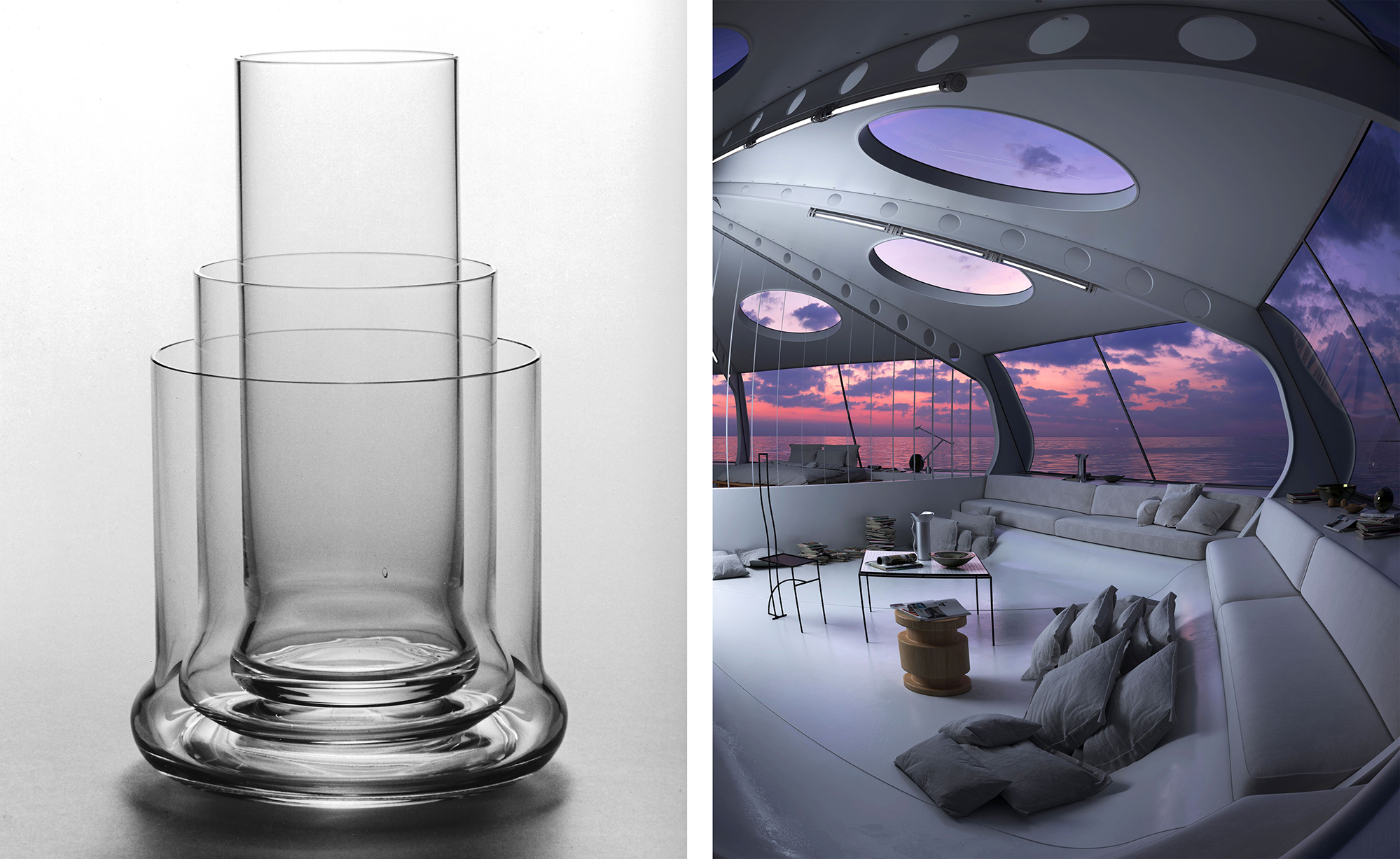
French Comics, Slick Sci-Fi, and Incredible Silverware; Art and Design to See This Month
Los Angeles, “JB Blunk” (Until June 29)
In the early 1950s, young JB Blunk—Kansas-raised and UCLA-educated in ceramics—was drafted into the Korean War, where, while on a trip to Tokyo, he had the luck of encountering sculptor Isamu Noguchi. It was Noguchi who introduced Blunk to ceramists like Rosanjin Kitaoji, who trained him in traditional Japanese pottery, and to Californian surrealist painter Gordon Onslow Ford, who would soon become Blunk’s friend and inspire his woodworking. It was these influences that would mold the late artist’s career as a sculptor of pottery and wood. Twenty of his lesser-seen ceramic pieces as well as a painting by Ford are brought together in the gallery’s fourth exhibit of the artist. blum-gallery.com
Milan, “Roberto Sambonet: The Theory of Form” (Until Sept. 8)
The Italian designer Roberto Sambonet designed his best-known work for the family silverware business—shining stainless steel forks and knives, oval plates, elliptical fishbowls, and cookware. But as an artist interested in various disciplines, Sambonet was not defined by his silversmith roots. As a painter, he drew landscapes, plant studies, portraits, and architectural designs. In the early ’50s, he taught in Brazil, where he picked up design and graphic work before returning to Milan. On the 100th anniversary of the artist’s birth, the largest retrospective ever of his work will show upward of 1,300 objects, drawings, and paintings. One series of paintings depicts surfaces of water, a subject that captivated him for years. triennale.org
Paris, “Comics, 1964–2024” (Opens May 29)
When it comes to seeing comics as a serious art form, the Centre Pompidou is a pioneering proponent. The museum has staged a handful of exhibits as early as 1977 on the medium, and this one presents the modern history of American and Franco-Belgian comic strips and Japanese manga together for the first time in France. From the work of cartoonists like Killoffer, best known for the stark 676 Apparitions of Killoffer, to Osamu Tezuka, dubbed the father of manga, the impressive versatility of the medium is showcased here. centrepompidou.fr
Vienna, “Gregory Crewdson: Retrospective” (Opens May 29)
For nearly four decades, Gregory Crewdson has created melodramatic photographic portraits of modern-day American suburbia. Highly imagined, aesthetically precise, and with dramatic lighting, his work typically takes months and large teams to execute. This retrospective comprises images from nine of his series, including his most famous, the paranormally saturated Twilight (1998–2002). albertina.at
Weil am Rhein, “Science Fiction Design: From Space Age to Metaverse” (Until May 11, 2025)
Sci-fi films like 2001: A Space Odyssey and Blade Runner imagined a future with flying cars and space travel, furnished with curving chairs, shiny plastic surfaces, and lots of fluorescent lighting to convey various ideas of modernity. Iconic pieces from the film and literature of the early 1900s and the Space Age as well as contemporary works from the metaverse’s virtual realities are brought together here together with 100 objects from the museum’s collection. design-museum.de
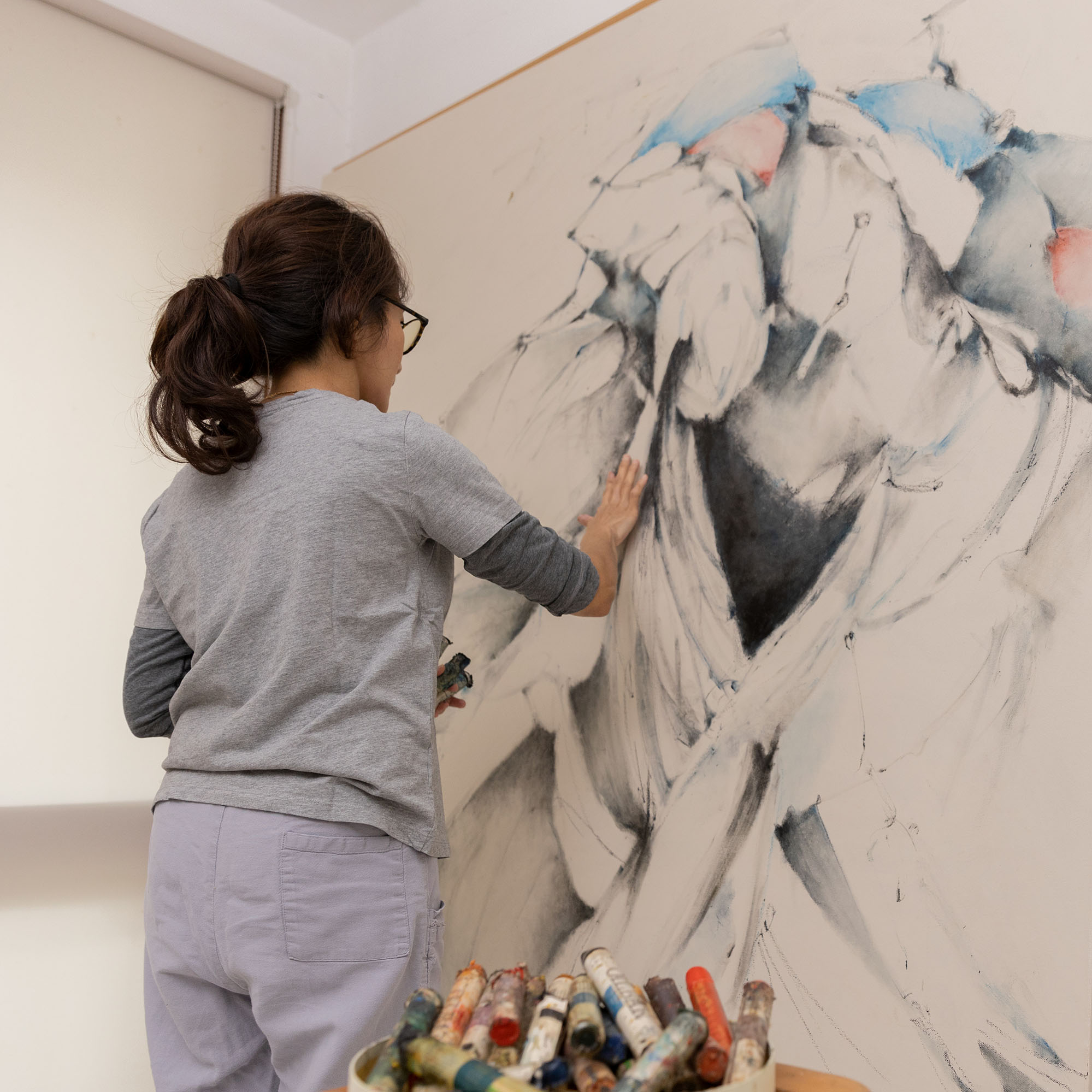
Plus, an exciting young British artist receives a retrospective, Marcel Dzama's whimsical drawings take a political turn in L.A., and more gallery openings.

Through her books and products, this 21st-century domestic goddess is truly a part of the classic American style firmament. On this episode, Aerin Lauder speaks about growing up with her grandmother Estée, what she's learned over years of being in the business, and more.
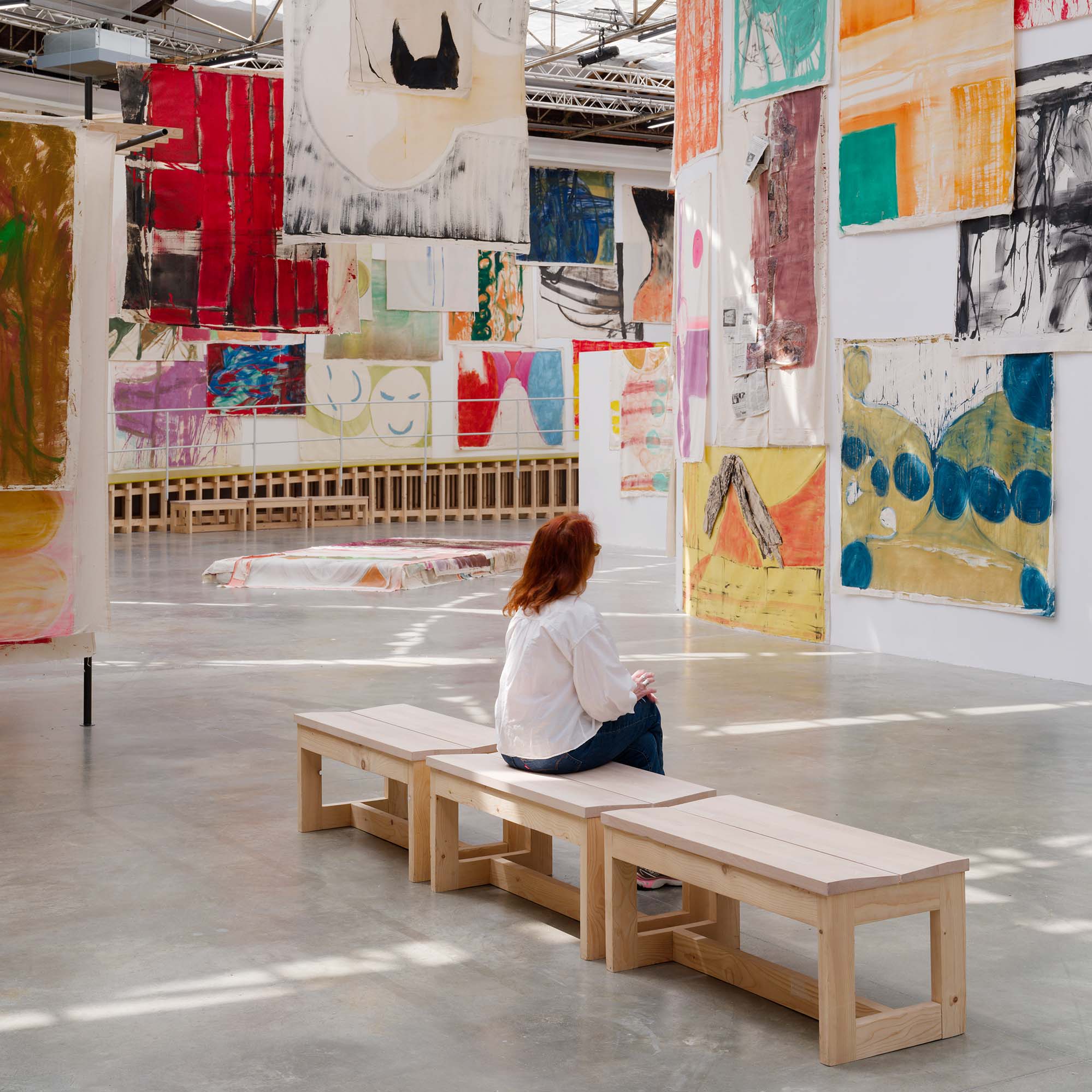
The best of museum openings this week, from Barbara Kruger’s words landing in Bilbao to Jenny Saville’s fleshy nudes coming to London.